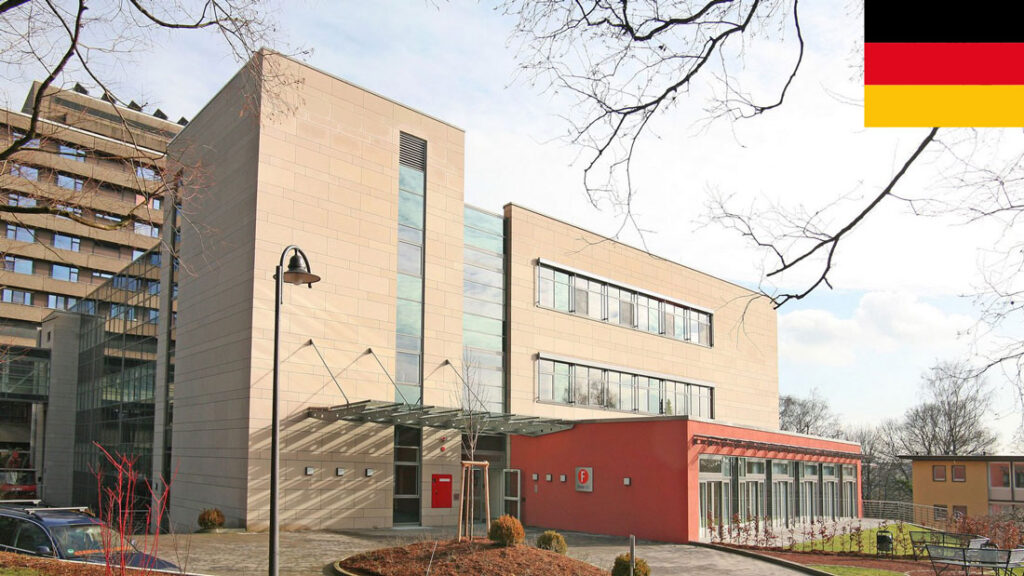HELIOS Trial Insights: Dr. Dilsher S. Dhoot on Diabetic Retinopathy Breakthroughs
Diabetic retinopathy (DR) remains one of the most common and devastating complications of diabetes, affecting millions worldwide. The HELIOS trial has emerged as a groundbreaking study, offering new hope for patients battling this vision-threatening condition. In this article, we delve into the key insights shared by Dr. Dilsher S. Dhoot, a leading expert in retinal diseases, as he discusses the trial’s findings and their implications for the future of DR treatment.
Understanding Diabetic Retinopathy
Diabetic retinopathy occurs when high blood sugar levels damage the blood vessels in the retina, leading to vision impairment or even blindness if left untreated. The disease progresses through stages:
- Mild Non-Proliferative DR: Early stage with microaneurysms.
- Moderate Non-Proliferative DR: Blockage of retinal blood vessels.
- Severe Non-Proliferative DR: Significant vessel blockage, leading to retinal ischemia.
- Proliferative DR: Advanced stage with abnormal blood vessel growth, increasing the risk of retinal detachment.
Despite advancements in screening and treatment, many patients still face irreversible vision loss. The HELIOS trial aims to change this narrative.
The HELIOS Trial: A Game-Changer in DR Treatment
The HELIOS trial is a multicenter, randomized clinical trial investigating the efficacy and safety of a novel therapeutic approach for diabetic retinopathy. Dr. Dhoot highlights that this study focuses on early intervention, targeting the disease before it reaches the proliferative stage.
Key Objectives of the HELIOS Trial
- Evaluate a new anti-inflammatory and anti-angiogenic therapy to slow or halt DR progression.
- Assess visual acuity improvements in patients receiving the investigational treatment.
- Monitor safety and tolerability of the therapy over an extended period.
Preliminary Findings
According to Dr. Dhoot, early results from the HELIOS trial are promising:
- Reduction in retinal inflammation: Patients showed significant decreases in biomarkers linked to inflammation.
- Slowed disease progression: Fewer participants advanced to proliferative DR compared to the control group.
- Improved visual outcomes: A subset of patients experienced measurable gains in visual acuity.
Dr. Dilsher S. Dhoot’s Expert Perspective
As a principal investigator in the HELIOS trial, Dr. Dhoot emphasizes the importance of early detection and intervention. He explains:
“Traditionally, we’ve treated diabetic retinopathy reactively—addressing complications after they arise. The HELIOS trial shifts the paradigm by introducing a proactive treatment strategy that targets the underlying mechanisms driving the disease.”
Why Early Treatment Matters
Dr. Dhoot notes that many patients with diabetic retinopathy remain asymptomatic until the disease is advanced. By the time symptoms appear, irreversible damage may have already occurred. The HELIOS trial’s approach could:
- Prevent vision loss by intervening before significant retinal damage.
- Reduce treatment burden by decreasing the need for invasive procedures like laser therapy or vitrectomy.
- Improve long-term outcomes by preserving retinal structure and function.
Implications for Future DR Management
The success of the HELIOS trial could revolutionize how diabetic retinopathy is managed globally. Dr. Dhoot outlines several potential impacts:
1. Shift Toward Personalized Medicine
The trial’s findings may pave the way for tailored treatments based on individual patient profiles, including genetic and metabolic factors.
2. Enhanced Screening Protocols
With early intervention proving critical, healthcare systems may adopt more frequent and accessible screening programs for at-risk diabetic patients.
3. New Therapeutic Options
If approved, the investigational therapy could become a first-line treatment for non-proliferative diabetic retinopathy, complementing existing options like anti-VEGF injections.
Challenges and Next Steps
While the HELIOS trial offers hope, Dr. Dhoot acknowledges several challenges:
- Patient adherence: Ensuring consistent follow-up and treatment compliance in a chronic condition like diabetes.
- Cost and accessibility: Making advanced therapies available to underserved populations.
- Long-term data: Further studies are needed to confirm durability of treatment benefits.
Despite these hurdles, the trial represents a significant leap forward. Future research will focus on optimizing dosing regimens and expanding patient cohorts.
Conclusion
The HELIOS trial, as discussed by Dr. Dilsher S. Dhoot, marks a pivotal moment in the fight against diabetic retinopathy. By prioritizing early intervention and targeting the root causes of the disease, this study has the potential to transform patient outcomes and redefine standards of care. As we await further results, the medical community remains optimistic about a future where vision loss from diabetic retinopathy is no longer inevitable.
For patients and healthcare providers alike, the message is clear: early action saves sight. Stay informed, stay proactive, and embrace the breakthroughs on the horizon.



